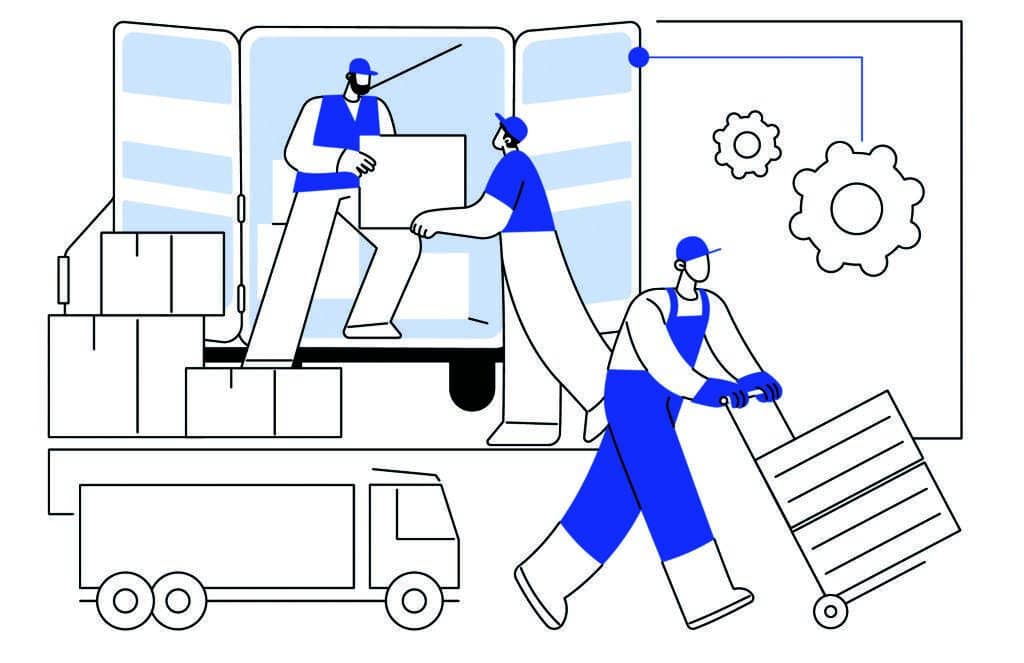Following the chain of cheese distribution

It’s important to know where your favorite cheeses and accompaniments are coming from and what it takes to get them from farm to table. We chatted with Sonia Chandwaney, vice president of sales and marketing at Peterson Cheese, a Seattle-based importer and distributor since 1947, about a cheese’s journey from maker to monger.
The first step in getting cheese into the hands of curd lovers is simple: ask for it. Mongers and shop owners may hear a request for a specific cheese over and over again, or they may have sampled a specific cheese at a trade show or abroad. “We frequently bring new cheeses into our warehouse by request, and it’s an important way for us to stay abreast of the wants and needs of our customers,” Chandwaney explains. “We also work hard to curate a well-rounded selection of cheeses for different customer needs, so we are able to offer the convenience of a complete range of cheeses available from one source.” Transparency is so important when it comes to all purchasing decisions, and cheese is no exception. “Consumers increasingly want to know where the foods they eat come from, how they are made, and want to consume foods that are produced in alignment with their personal values,” Chandwaney says.
From there, businesses like Peterson Cheese play an important part in minimizing the oftentimes complex nature of sourcing and distributing cheeses. Because makers have various roles beyond cheese production (especially smaller makers), distributors can help mitigate various moving parts into one streamlined process. And throughout this process, quality assurance plays a crucial role. Adhering to a cheese route’s logistics and establishing proper handling standards ensure that products moves safely from one place to another. Then, there’s the shipping.
“The main thing is to maintain the cold chain and prevent damage or cross-contamination during transportation,” Chandwaney says. “Using temperature-recording devices, we track the temperature of our cheeses in transit, the temperature of the truck at the time of delivery, and the temperature of the cheeses when they are unloaded from the truck. The trucks are also checked for odors, because a strong odor could be absorbed by the cheese and affect its flavor. And we inspect the cheeses and their shipping cartons at the time of receiving into our warehouses. If there are visual signs of damage or a quality issue, the shipment is placed on hold for further inspection by our quality assurance team.”
One logistical hurdle of moving cheese is seasonality. Distributing fresh cheeses can be tricky, not only because they have a shorter shelf life but they are also in higher demand during warmer months. Balancing predicted demand with down-to-the-minute timelines for transport presents challenges, but Chandwaney says consulting the weather forecasts and staying vigilant in attention to detail is well worth it.
At the end of the supply chain, retailers can share something new (or an old favorite) with their customers, knowing that great pride and care is behind each and every step of the distribution process. “We are so fortunate in the US to have access to a wide range of wonderful American artisan cheeses and traditional cheeses imported from so many different countries!” Chandwaney says. “The selection we have to choose from as consumers is remarkable.”




